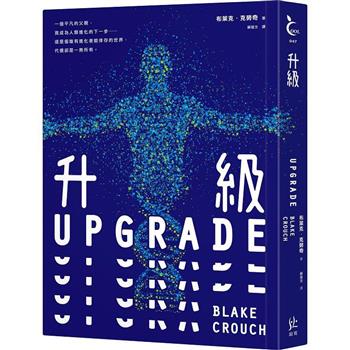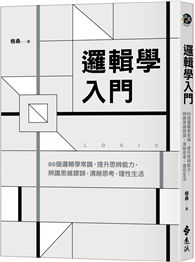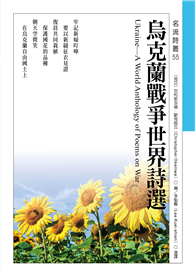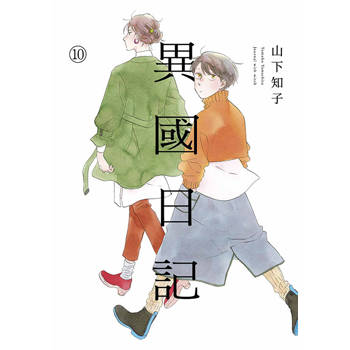Rewriting Exurbia: New People in Aging Sprawl explores the potential of new immigrant cultures in aging postwar suburbs to reimagine the future direction of these iconic built environments in today’s exurban cities. Recent demographic and spatial change in suburban Asian and Latin American enclaves in the western US illustrate the opportunity to transform this low-density urban texture in ways that are socially equitable and engaging for all its future residents. New family structures and cultural aspirations combined with more complex functional and social needs increasingly inform new spatial practices and have been recently codifed in revised zoning regulations.
Comparing these changes to those of a set of well-known cities through history reassures us that such physical transformation in the shared built environment, while often challenging and even painful, is natural and eventually beneficial. Connecting this projected change to a set of recent urban theories and design experiments offers examples of a new exurbia that can be a socially inclusive world when compared to the archetypal postwar suburb that is becoming culturally stagnant, and often socially and economically exclusive. Recent changes in ethnic suburbs call for a broader definition of urbanity itself. The term "urban" can no longer be limited to environments characterized by physical compactness in center cities but is now a term that is better defined by an increased density of functional complexity and social interaction.| FindBook |
有 1 項符合
Rewriting Exurbia: New People in Aging Sprawl的圖書 |
 |
Rewriting Exurbia: New People in Aging Sprawl 作者:Davis 出版社:Listlab 出版日期:2024-12-30 語言:英文 規格:平裝 / 192頁 / 24.18 x 16.89 x 1.45 cm / 普通級/ 初版 |
| 圖書館借閱 |
| 國家圖書館 | 全國圖書書目資訊網 | 國立公共資訊圖書館 | 電子書服務平台 | MetaCat 跨館整合查詢 |
| 臺北市立圖書館 | 新北市立圖書館 | 基隆市公共圖書館 | 桃園市立圖書館 | 新竹縣公共圖書館 |
| 苗栗縣立圖書館 | 臺中市立圖書館 | 彰化縣公共圖書館 | 南投縣文化局 | 雲林縣公共圖書館 |
| 嘉義縣圖書館 | 臺南市立圖書館 | 高雄市立圖書館 | 屏東縣公共圖書館 | 宜蘭縣公共圖書館 |
| 花蓮縣文化局 | 臺東縣文化處 |
|
|
圖書介紹 - 資料來源:博客來 評分:
圖書名稱:Rewriting Exurbia: New People in Aging Sprawl
|










